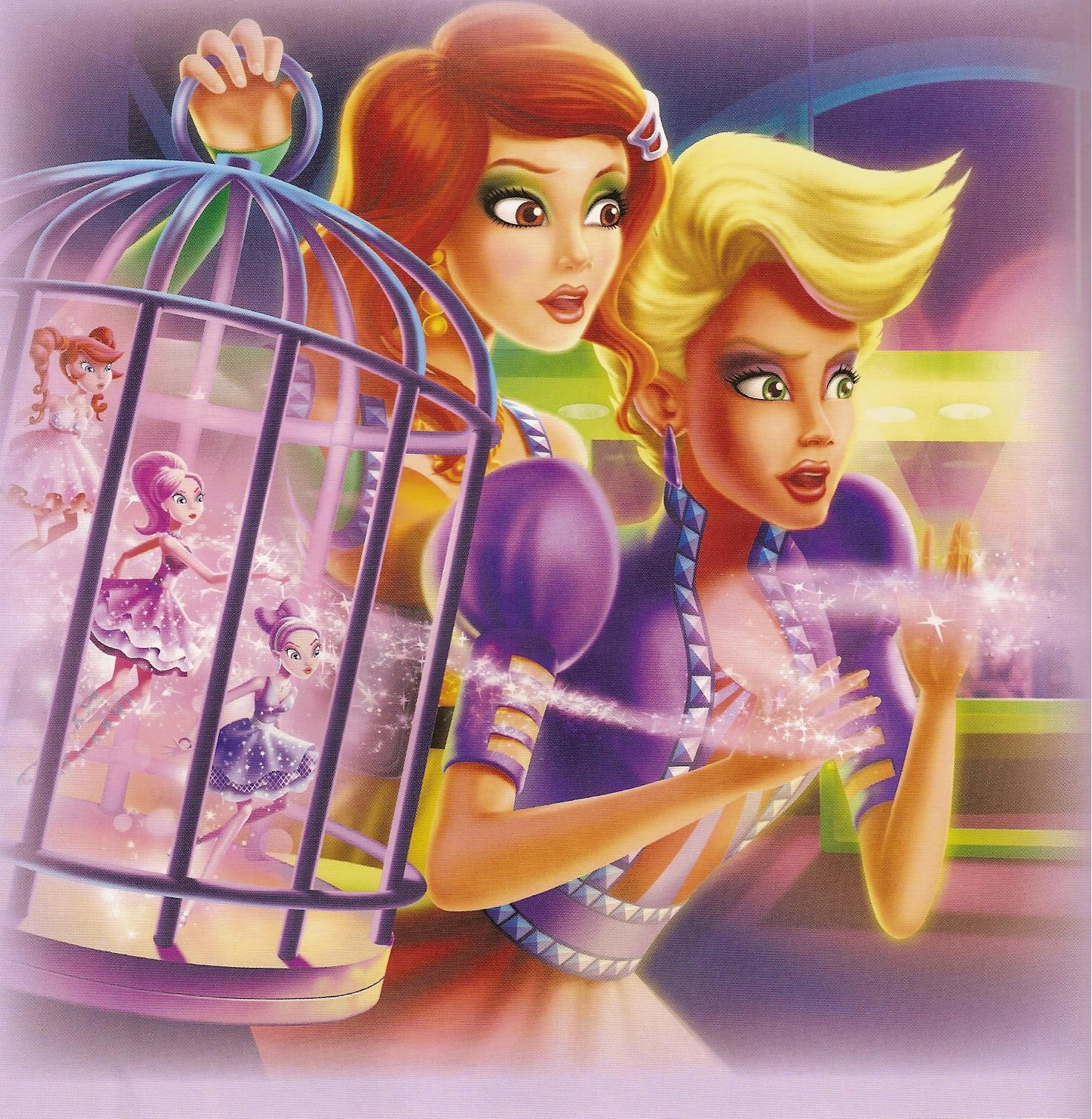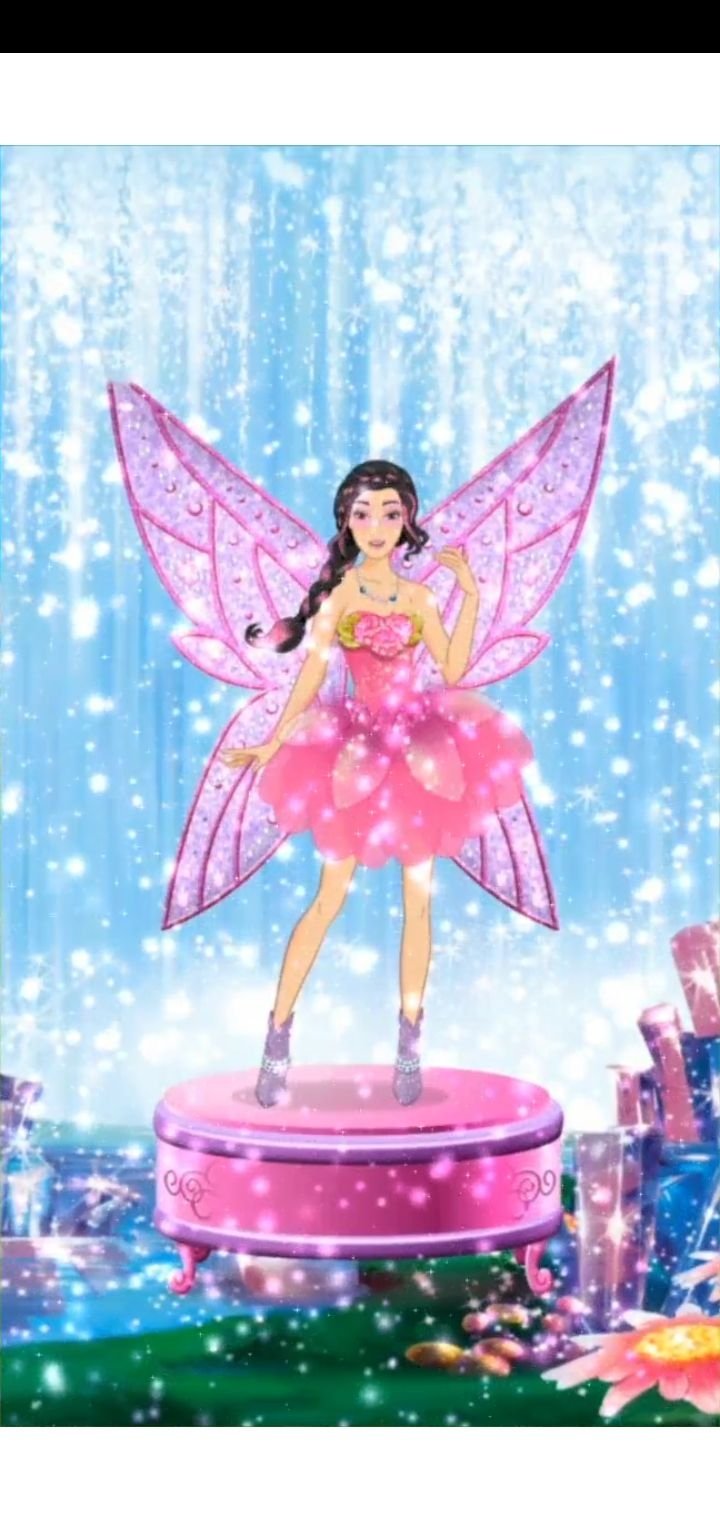

Disney made more movies and now has 11 princesses-13 if you include Elsa and Anna from Frozen. Sleeping Beauty and Cinderella both wore blue, so Sleeping Beauty, marketed under her first name, Aurora, changed into bubble-gum pink.Įven with almost no formal marketing plan in place beyond a few toy commercials, the Disney Princess brand surpassed $1 billion in sales within three years. Their dresses had to be different colors. To guard against this, Disney invented marketing rules: The princesses couldn’t look at each other.


“The prevailing wisdom at the studio was that somehow having the princesses gang together would destroy their individual mythology and therefore the value of their films,” says Mooney. Disney had never before sold or marketed merchandise picturing princesses from different movies together. Hasbro made games, Mattel made the dolls and plastic Fisher-Price figurines. That year, Disney started selling products that featured all eight princesses, many from movies that weren’t in theaters. If Athena Keithler thinks she’s got princess overload now, a lot more pink is headed her way. “We’re going to make the Princess brand far bigger and more ubiquitous than it has been in the past,” says Brian Goldner, Hasbro’s chief executive officer. Hasbro hired a few dozen people, mostly designers and developers, who work out of its newly expanded production studio in Burbank, just minutes from Disney. Hasbro and Disney are redesigning and rereleasing every Princess doll, even Pocahontas, which few stores carry. Hasbro, meanwhile, has traditionally kept to the boys’ side of the toy aisle, with brands such as Nerf and Transformers. Mattel owns the doll market, and despite her recent stumble, Barbie is still the best-selling doll of all time. “Disney Princess was probably the greatest coup that Hasbro has had in the last three decades,” says Gene Del Vecchio, a former Ogilvy & Mather executive who has worked with Mattel and Disney in the past and helps Hollywood studios translate their movies into what he calls “merchandise opportunities.” Adweek likens Hasbro’s achievement to the Chicago Cubs winning the World Series.ĭisney is taking a risk turning to Hasbro. 1, when Disney packs up its glass slippers and takes them to Mattel’s biggest rival, Hasbro. With sales of Mattel’s most famous toy, 56-year-old Barbie, tumbling 20 percent from 2012 to 2014 and still falling, Princess dolls have been a much-needed revenue stream.īut not for long: The princess business disappears on Jan. Last year, Mattel put the size of its Disney Princess doll business at $300 million, though analysts at Needham say it’s closer to $500 million. Mattel has worked with Disney since 1955, when it became the first sponsor for the Mickey Mouse Club, and it’s been the company’s go-to dollmaker since 1996. Specifically, 12-inch Barbie-esque figurines that girls can dress and undress until the dolls’ hairdos get tangled, they’ve lost their shoes, and it’s time to buy another.
#Barbie fashion fairytale games license#
In toys, the most lucrative Disney Princess license is dolls. It licenses them to all sorts of companies: Glidden makes pink and purple wall paint, Stride Rite makes sparkly shoes. last year, selling $531 million worth of dolls and dresses, according to NPD Group.ĭisney doesn’t manufacture most of the Princess products.
#Barbie fashion fairytale games movie#
The movie spawned the top toy brand in the U.S. (Disney’s new Star Wars movie might change that.) That doesn’t even include Frozen, which came out in 2013 and which Disney measures separately. Princess merchandise-dolls, clothing, games, home décor, toys-is a $5.5 billion enterprise and Disney’s second-most-profitable franchise, after Mickey Mouse. Since Walt Disney lumped Sleeping Beauty, Belle, and its other poofy-dressed ladies together under the brand Disney Princess in 2000, the market for all things pink and sparkly has skyrocketed. Keeping a 3-year-old girl away from Disney’s princesses is a lot like trying to get through January without hearing about the Super Bowl. She knew about the so-called princess phase that little girls go through, but, she says, “I assumed it was something girls do when it’s thrust upon them.” She’s not even in preschool yet,” Keithler, 31, sighs. “I really didn’t think this would happen. Photographer: Sarah Anne Ward for Bloomberg Businessweek


 0 kommentar(er)
0 kommentar(er)
